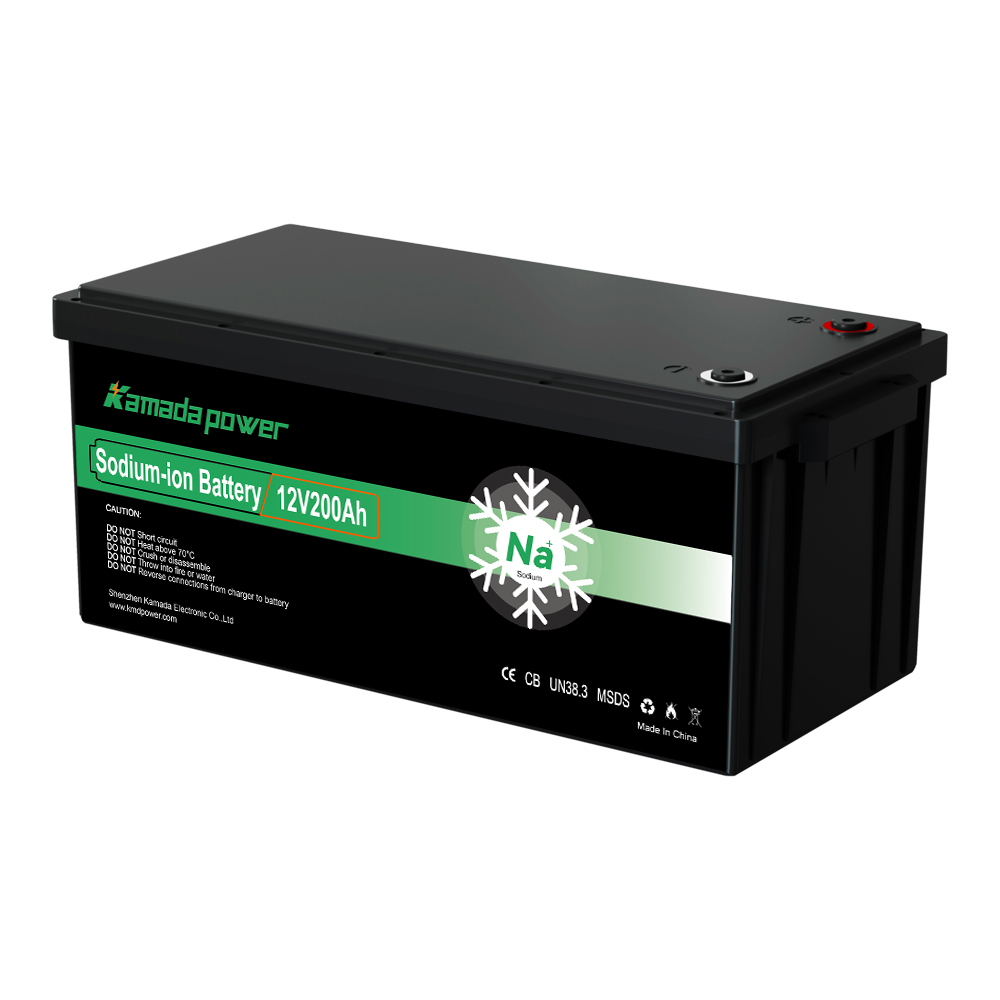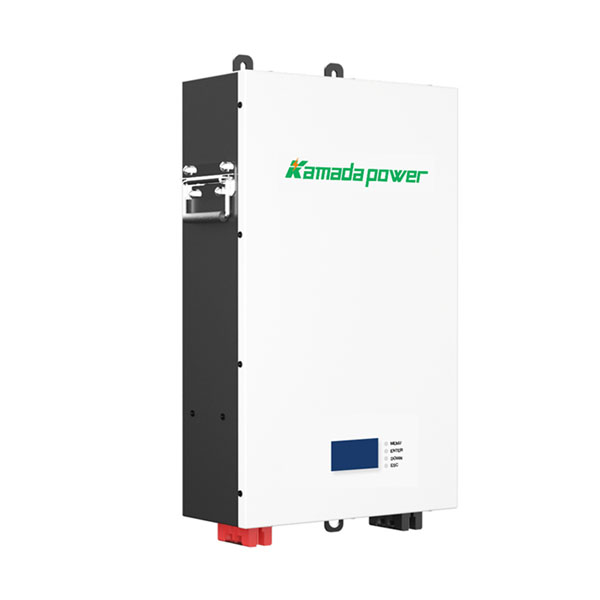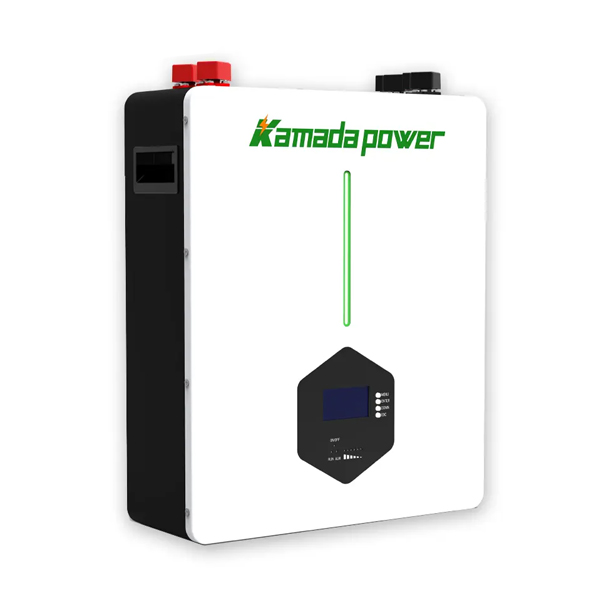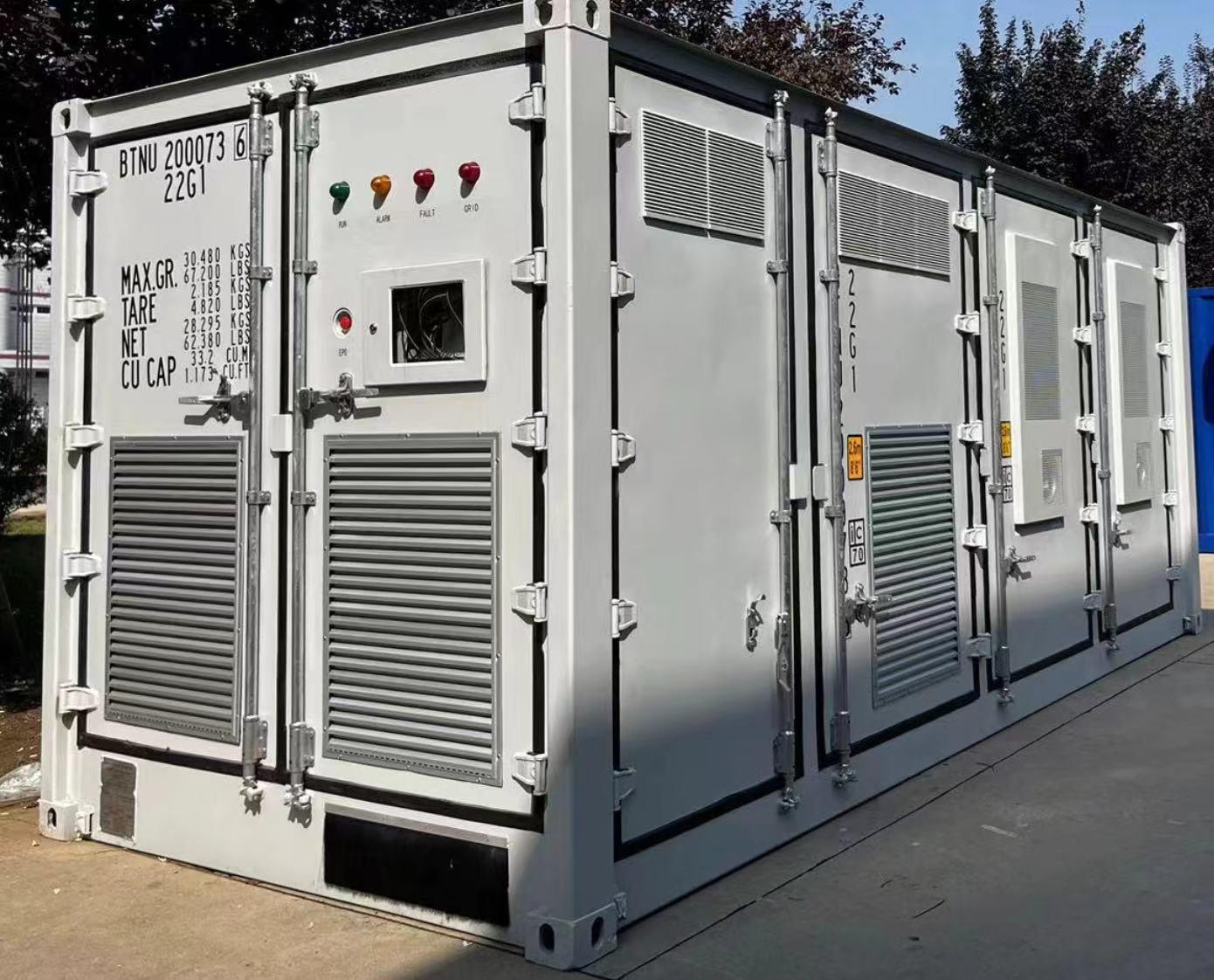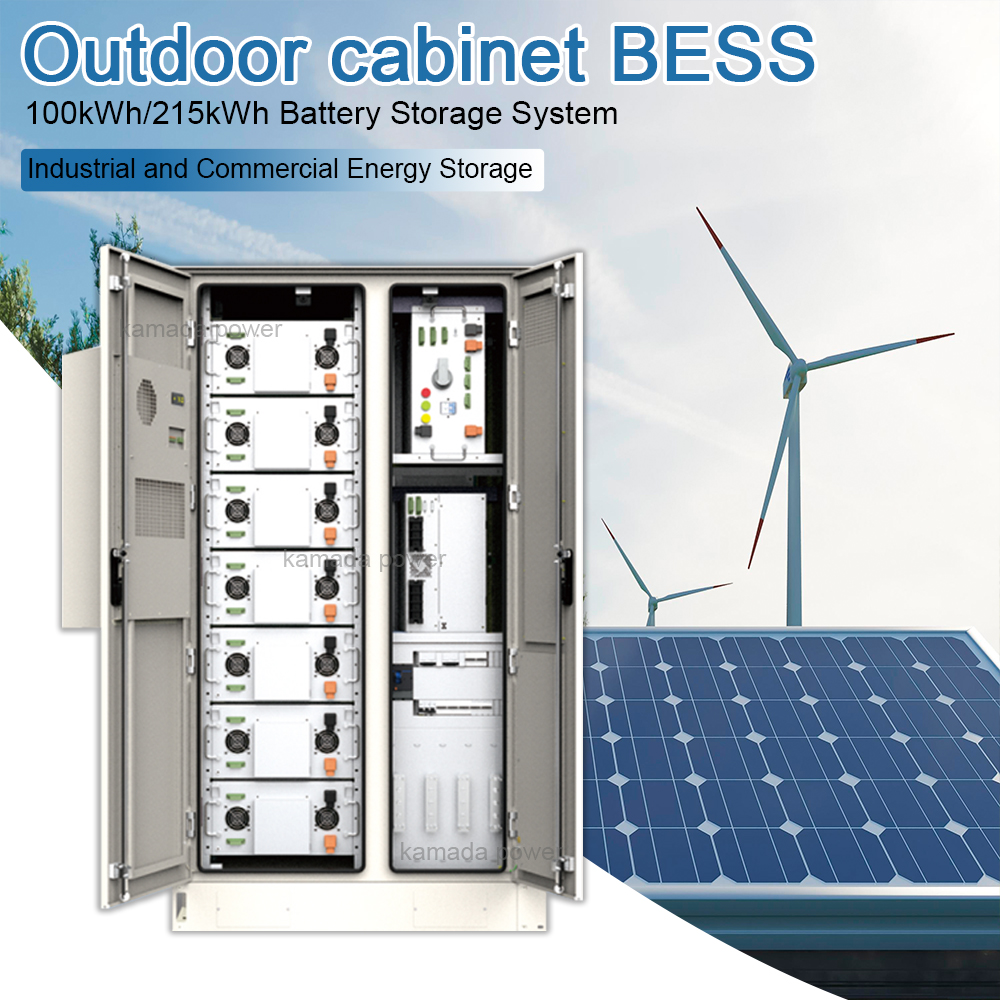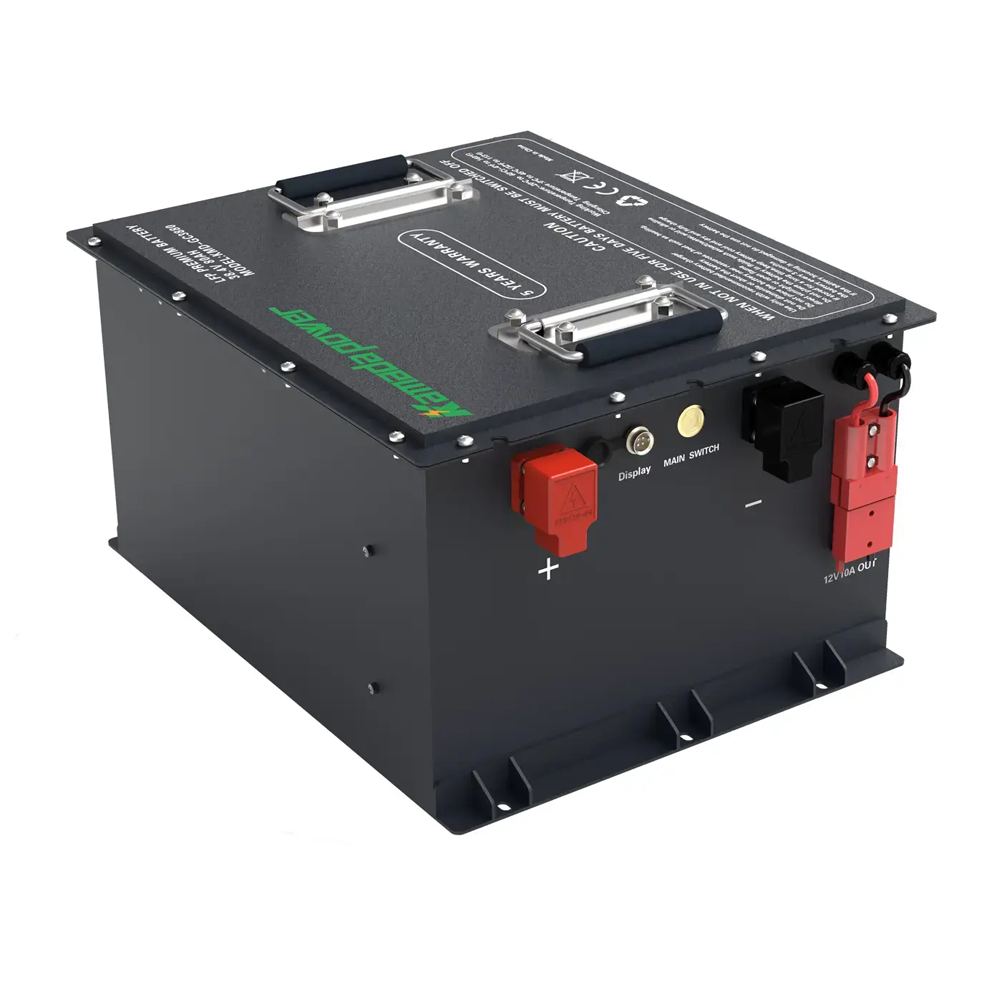Å velge riktig litiumbatteri til fritidskjøretøyet ditt er avgjørende for å sikre optimal ytelse og lang levetid. Litiumbatterier, spesielt litiumjernfosfatbatterier (LiFePO4), har blitt stadig mer populære på grunn av de mange fordelene de har sammenlignet med tradisjonelle blybatterier. For å maksimere fordelene med litiumbatterier i bobilen din er det viktig å forstå både utvelgelsesprosessen og de riktige lademetodene.
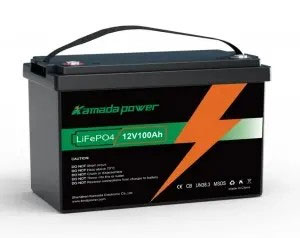
| Kjøretøyklasse | Klasse A | Klasse B | Klasse C | Femte hjul | Leketøyshenger | Reisetilhenger | Pop-Up |
|---|---|---|---|---|---|---|---|
| Beskrivelse av kjøretøyet | Store bobiler med all komforten hjemme, kan ha to soverom eller bad, fullt utstyrt kjøkken og stue. Husbatterier kombinert med solcelleanlegg/generator kan drive alle systemer. | Et varebilkarosseri med spesialtilpasset innredning for friluftsliv og rekreasjon. Kan ha ekstra lagringsplass på toppen eller til og med solcellepaneler. | En varebil eller et lite lastebilchassis med utvendig vinyl eller aluminium. Boarealene er bygget på toppen av chassisrammen. | 5th Wheel eller Kingpin er ikke-motoriserte tilhengere som må trekkes. Disse er vanligvis 30 fot eller lengre. | Tilhengerfeste eller 5. hjul med nedfellbar port bak for ATV-er eller motorsykler. Innredningen er smart skjult i vegger og tak når ATV-er osv. lastes inn. Disse tilhengerne kan være 30 fot eller lengre. | Tilhengere av ulike lengder. Små kan trekkes av biler, men større (opp til 40 fot) må kobles til et større kjøretøy. | Små tilhengere med teltoverbygg som kan forlenges eller sprettes opp fra det faste tilhengerunderstellet. |
| Typisk kraftsystem | 36~48-volts systemer som drives av AGM-batterier. Nyere modeller med høy spesifikasjon kan leveres med litiumbatterier som standard. | 12-24 volts systemer som drives av AGM-batterier. | 12~24 volts systemer som drives av AGM-batterier. | 12~24 volts systemer som drives av AGM-batterier. | 12~24 volts systemer som drives av AGM-batterier. | 12~24 volts systemer som drives av AGM-batterier. | 12-volts systemer drevet av U1- eller gruppe 24 AGM-batterier. |
| Maksimal strømstyrke | 50 Ampere | 30~50 Ampere | 30~50 Ampere | 30~50 Ampere | 30~50 Ampere | 30~50 Ampere | 15~30 Ampere |
Hvorfor velge litiumbatterier til bobiler?
Litiumbatteri for bobiler har flere overbevisende fordeler sammenlignet med tradisjonelle blybatterier. Her går vi nærmere inn på de viktigste fordelene som gjør litiumbatterier til det foretrukne valget for mange bobileiere.
Mer brukbar kraft
Litiumbatterier kan bruke 100% av kapasiteten sin, uavhengig av utladningshastigheten. I motsetning til blybatterier, som bare leverer rundt 60% av den nominelle kapasiteten ved høye utladingshastigheter. Det betyr at du trygt kan bruke litiumbatterier til all elektronikken din, vel vitende om at det finnes rikelig med reservekapasitet.
Sammenligning av data: Brukbar kapasitet ved høye utladningshastigheter
| Batteritype | Brukbar kapasitet (%) |
|---|---|
| Litium | 100% |
| Bly-syre | 60% |
Supersikker kjemi
Litiumjernfosfat (LiFePO4)-kjemi er den sikreste litiumkjemien som er tilgjengelig i dag. Disse batteriene har en avansert beskyttelseskretsmodul (PCM) som beskytter mot overladning, overutladning, overtemperatur og kortslutning. Dette sikrer et høyt sikkerhetsnivå for bobiler.
Lengre levetid
Litiumbatterier til bobiler har opptil 10 ganger lengre levetid enn blysyrebatterier. Denne forlengede levetiden reduserer kostnadene per syklus betydelig, noe som betyr at du trenger å bytte ut litiumbatterier langt sjeldnere.
Sammenligning av sykluslevetid:
| Batteritype | Gjennomsnittlig sykluslevetid (sykluser) |
|---|---|
| Litium | 2000-5000 |
| Bly-syre | 200-500 |
Raskere lading
Litiumbatterier kan lades opptil fire ganger raskere enn blybatterier. Denne effektiviteten betyr at du får mer tid til å bruke batteriet og mindre tid til å vente på at det skal lades. I tillegg lagrer litiumbatterier effektivt energi fra solcellepaneler, noe som forbedrer bobilens off-grid-egenskaper.
Sammenligning av ladetid:
| Batteritype | Ladetid (timer) |
|---|---|
| Litium | 2-3 |
| Bly-syre | 8-10 |
Lettvekt
Litiumbatterier veier 50-70% mindre enn blybatterier med tilsvarende kapasitet. For større bobiler kan denne vektreduksjonen spare 100-200 kilo, noe som forbedrer drivstoffeffektiviteten og kjøreegenskapene.
Sammenligning av vekt:
| Batteritype | Vektreduksjon (%) |
|---|---|
| Litium | 50-70% |
| Bly-syre | – |
Fleksibel installasjon
Litiumbatterier kan installeres stående eller på siden, noe som gir fleksible installasjonsalternativer og enkel konfigurasjon. Denne fleksibiliteten gjør det mulig for bobileiere å få mest mulig ut av den tilgjengelige plassen og tilpasse batterioppsettet.
Drop-in-erstatning for blysyre
Litiumbatterier er tilgjengelige i standard BCI-gruppestørrelser og kan fungere som en direkte erstatning eller oppgradering av blysyrebatterier. Dette gjør overgangen til litiumbatterier enkel og problemfri.
Lav selvutlading
Litiumbatterier har lav selvutladningshastighet, noe som sikrer bekymringsfri lagring. Selv ved sesongmessig bruk vil batteriet være pålitelig. Vi anbefaler at du kontrollerer spenningen i åpen krets (OCV) hver sjette måned for alle litiumbatterier.
Vedlikeholdsfritt
Vår plug-and-play-design krever ikke noe vedlikehold. Bare koble til batteriet, så er du klar til å sette i gang - du trenger ikke å etterfylle med vann.
Lading av et litiumbatteri til bobiler
Bobiler bruker ulike kilder og metoder for å lade batteriene. Ved å forstå disse kan du få mest mulig ut av litiumbatteriet ditt.
Ladekilder
- Landstrøm: Koble bobilen til et strømuttak.
- Generator: Bruk av en generator for å levere strøm og lade batteriet.
- Solar: Utnytter et solcelleanlegg for strøm og batterilading.
- Alternator: Lade batteriet med bobilens motorgenerator.
Lademetoder
- Dråpelading: En ladning med lav konstant strøm.
- Flytelading: Lades ved en strømbegrenset konstant spenning.
- Flerstegs ladesystemer: Bulk-lading med konstant strøm, absorpsjonslading med konstant spenning og flytende lading for å opprettholde ladetilstanden (SoC) til 100%.
Strøm- og spenningsinnstillinger
Innstillingene for strøm og spenning er litt forskjellige for forseglede blybatterier (SLA) og litiumbatterier. SLA-batterier lades vanligvis med en strømstyrke på 1/10 til 1/3 av den nominelle kapasiteten, mens litiumbatterier kan lades fra 1/5 til 100% av den nominelle kapasiteten, noe som gir raskere ladetid.
Sammenligning av ladeinnstillinger:
| Parameter | SLA-batteri | Litiumbatteri |
|---|---|---|
| Ladestrøm | 1/10 til 1/3 av kapasiteten | 1/5 til 100% av kapasiteten |
| Absorpsjonsspenning | Lignende | Lignende |
| Flytespenning | Lignende | Lignende |
Hvilke typer ladere skal du bruke?
Det finnes mye feilinformasjon om ladeprofiler for SLA- og litiumjernfosfatbatterier. Selv om ladesystemene for bobiler varierer, gir denne veiledningen generell informasjon til sluttbrukere.
Litium- vs. SLA-ladere
En av grunnene til at litiumjernfosfat ble valgt, er at spenningen er lik SLA-batterier - 12,8 V for litium sammenlignet med 12 V for SLA - noe som gir sammenlignbare ladeprofiler.
Spenningssammenligning:
| Batteritype | Spenning (V) |
|---|---|
| Litium | 12.8 |
| SLA | 12.0 |
Fordeler med litiumspesifikke ladere
For å maksimere fordelene med litiumbatterier anbefaler vi at du oppgraderer til en litiumspesifikk lader. Dette vil gi raskere lading og bedre generell batterihelse. En SLA-lader vil imidlertid fortsatt kunne lade et litiumbatteri, om enn langsommere.
Unngå de-sulfateringsmodus
Litiumbatterier krever ikke flytelading som SLA-batterier. Litiumbatterier bør helst ikke lagres ved 100% SoC. Hvis litiumbatteriet har en beskyttelseskrets, vil det slutte å ta imot lading ved 100% SoC, noe som forhindrer at flytelading fører til nedbrytning. Unngå å bruke ladere med avsulfateringsmodus, da det kan skade litiumbatterier.
Litiumbatterier lades i serie eller parallelt
Når du lader litiumbatterier i serie eller parallelt, må du følge samme fremgangsmåte som med alle andre batteristrenger. Det eksisterende ladesystemet i bobilen bør være tilstrekkelig, men litiumladere og vekselrettere kan optimalisere ytelsen.
Serielading
For seriekoblinger starter du med alle batteriene på 100% SoC. Spenningen i serien vil variere, og hvis et batteri overskrider beskyttelsesgrensene, vil det slutte å lade, noe som utløser beskyttelse i andre batterier. Bruk en lader som kan lade den totale spenningen i seriekoblingen.
Eksempel: Beregning av serieladespenning
| Antall batterier | Total spenning (V) | Ladespenning (V) |
|---|---|---|
| 4 | 51.2 | 58.4 |
Parallell lading
Ved parallellkobling lades batteriene med 1/3 C av den totale nominelle kapasiteten. Hvis du for eksempel har fire 10 Ah-batterier i parallell, kan du lade dem med 14 A. Hvis ladesystemet overskrider beskyttelsen for et enkelt batteri, vil BMS/PCM-kortet fjerne batteriet fra kretsen, og de gjenværende batteriene vil fortsette ladingen.
Eksempel: Beregning av parallell ladestrøm
| Antall batterier | Total kapasitet (Ah) | Ladestrøm (A) |
|---|---|---|
| 4 | 40 | 14 |
Optimalisering av batterilevetiden i serie- og parallellkonfigurasjoner
Ta av og til ut batteriene fra strengen og lad dem enkeltvis for å optimalisere levetiden. Balansert lading sikrer langsiktig ytelse og pålitelighet.
Konklusjon
Litiumbatterier til bobiler har en rekke fordeler sammenlignet med tradisjonelle blybatterier, blant annet mer brukbar effekt, sikrere kjemi, lengre levetid, raskere lading, redusert vekt, fleksibel installasjon og vedlikeholdsfri drift. Forståelse av de riktige lademetodene og valg av riktige ladere forsterker disse fordelene ytterligere, noe som gjør litiumbatterier til en utmerket investering for enhver bobileier.
For mer detaljert informasjon om litiumbatterier til bobiler og fordelene med dem, kan du besøke bloggen vår eller kontakte oss hvis du har spørsmål. Ved å bytte til litium kan du få en mer effektiv, pålitelig og miljøvennlig bobilopplevelse.
VANLIGE SPØRSMÅL
1. Hvorfor bør jeg velge litiumbatterier fremfor blybatterier til bobilen min?
Litiumbatterier, og spesielt litiumjernfosfatbatterier (LiFePO4), har flere fordeler sammenlignet med tradisjonelle blybatterier:
- Høyere brukskapasitet: Litiumbatterier gjør at du kan bruke 100% av kapasiteten, i motsetning til blybatterier, som bare gir rundt 60% av den nominelle kapasiteten ved høye utladingshastigheter.
- Lengre levetid: Litiumbatterier har opptil 10 ganger lengre levetid, noe som reduserer behovet for hyppige utskiftninger.
- Raskere lading: De lades opptil fire ganger raskere enn blybatterier.
- Lettere vekt: Litiumbatterier veier 50-70% mindre, noe som gir bedre drivstoffeffektivitet og bedre kjøreegenskaper.
- Lite vedlikehold: De er vedlikeholdsfrie, uten behov for vannpåfylling eller spesiell pleie.
2. Hvordan lader jeg litiumbatterier i bobilen min?
Litiumbatterier kan lades ved hjelp av ulike kilder, for eksempel landstrøm, generatorer, solcellepaneler og kjøretøyets dynamo. Lademetodene inkluderer:
- Dråpelading: Lav konstant strøm.
- Flytelading: Strømbegrenset konstant spenning.
- Ladning i flere trinn: Bulklading med konstant strøm, absorpsjonslading med konstant spenning og flytlading for å opprettholde ladetilstanden til 100%.
3. Kan jeg bruke min eksisterende blybatterilader til å lade litiumbatterier?
Ja, du kan bruke din eksisterende blybatterilader til å lade litiumbatterier, men det er ikke sikkert at du får de fulle fordelene med raskere lading som en litiumspesifikk lader gir. Selv om spenningsinnstillingene er de samme, anbefales det å bruke en litiumspesifikk lader for å optimalisere ytelsen og sikre best mulig batterihelse.
4. Hvilke sikkerhetsfunksjoner har litiumbatterier til bobiler?
Litiumbatterier for bobiler, spesielt de som bruker LiFePO4-kjemi, er utformet med tanke på sikkerhet. De inkluderer avanserte Protection Circuit Modules (PCM) som beskytter mot:
- Overpris
- Overutladning
- Overtemperatur
- Kortslutninger
Dette gjør dem tryggere og mer pålitelige sammenlignet med andre typer batterier.
5. Hvordan bør jeg installere litiumbatterier i bobilen min?
Litiumbatterier tilbyr fleksible installasjonsalternativer. De kan installeres stående eller på siden, noe som gir mer fleksibel konfigurasjon og plassutnyttelse. De er også tilgjengelige i standard BCI-gruppestørrelser, noe som gjør dem til en "drop-in"-erstatning for blysyrebatterier.
6. Hvilket vedlikehold krever litiumbatterier til bobiler?
Litiumbatterier til bobiler er praktisk talt vedlikeholdsfrie. I motsetning til blybatterier trenger de ikke vannpåfylling eller regelmessig vedlikehold. Den lave selvutladningshastigheten betyr at de kan lagres uten hyppig overvåking. Det anbefales imidlertid å kontrollere tomgangsspenningen (OCV) hver sjette måned for å sikre at de forblir i god stand.


